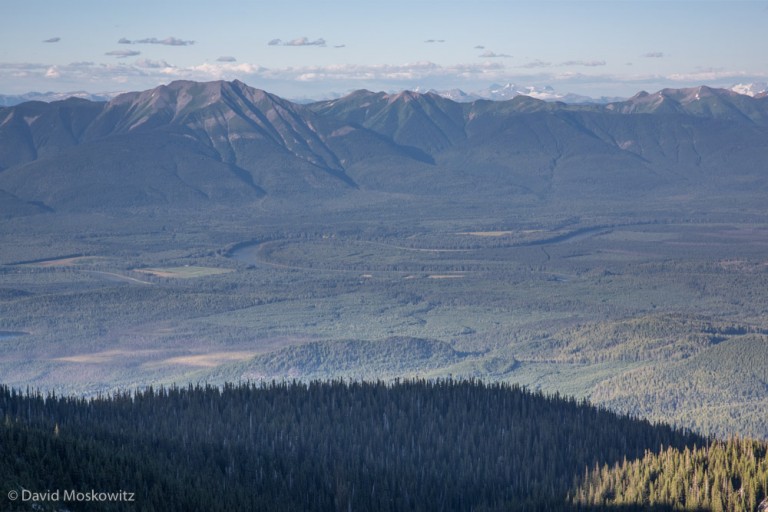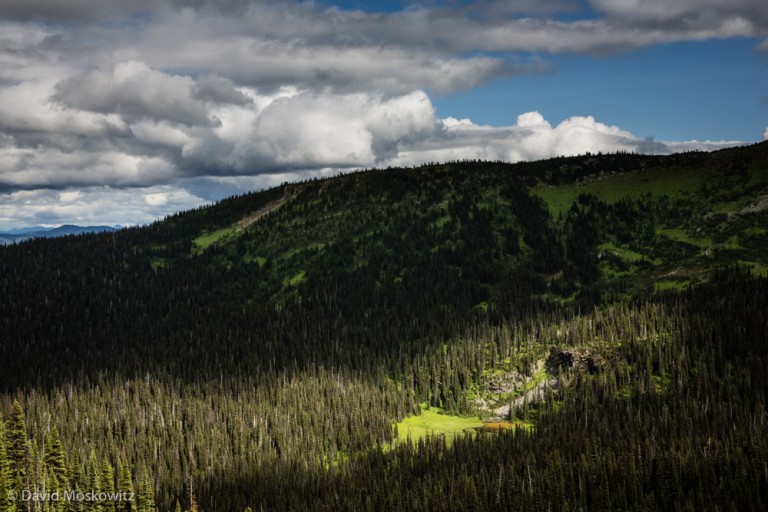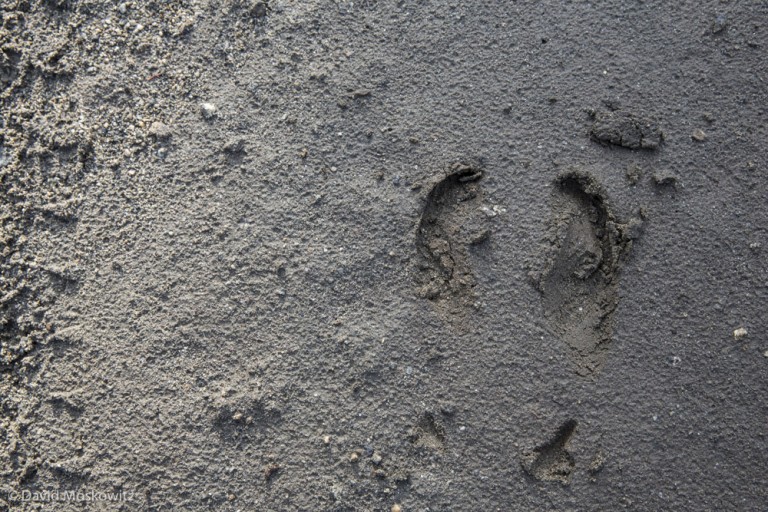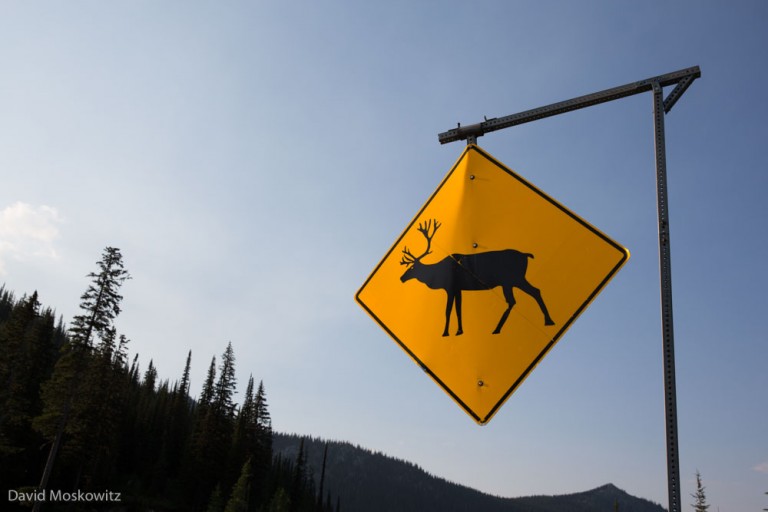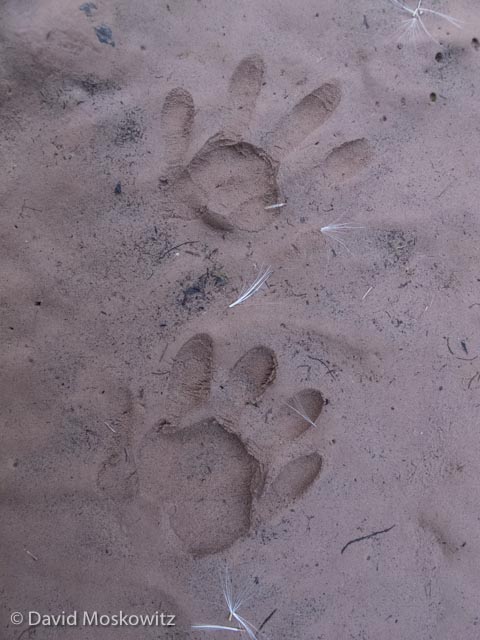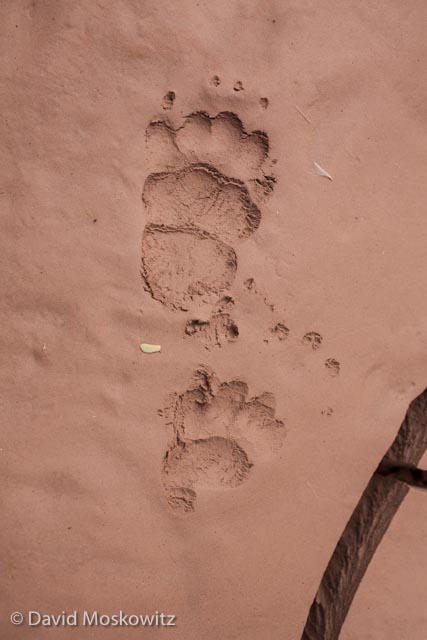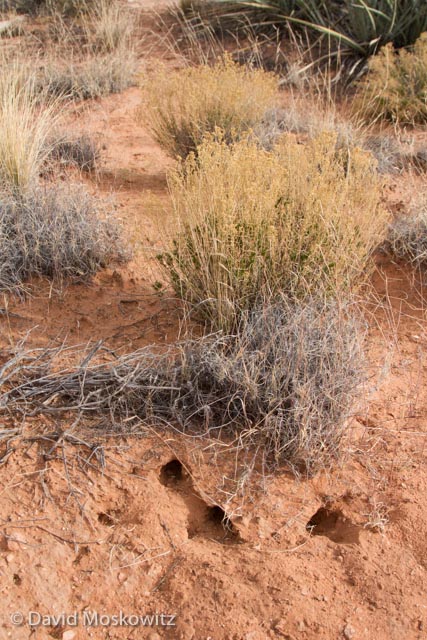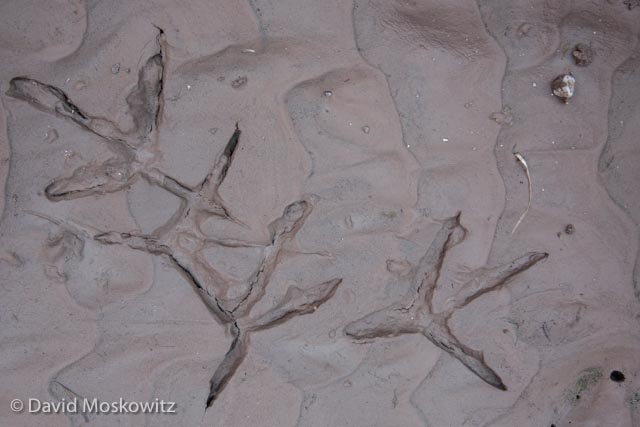Perhaps because of the forest habitat they occupy and tendency not to travel for long distances on the the ground, clear footprints of the northern flying squirrel (Glaucomys sabrinus) have rarely been detected in the wild, or at least rarely documented. I personally have never definitively identified this species's tracks in any substrate other than loose snow. As such producing reliable illustrations for the tracks of flying squirrels is challenging. In writing my field guide I had less direct field data on this species than any other mammal species whose tracks are illustrated in the book. The illustrations, measurements and description of northern flying squirrel tracks in Wildlife of the Pacific Northwest are based on the following data sources:
- Snow tracks found in conjunction with definitive flying squirrel sign, typically the landing mark at the end of a glide.
- A plaster cast of a number of tracks of a single flying squirrel which was collected for me by Kevin Mack, at PAWS in Lynwood, WA from a captive female northern flying squirrel which was being rehabilitated for release there.
- Sketches, notes and photographs I took from study skins of northern flying squirrels from the Mammalogy Collection at the Burke Museum of Natural History and Culture at the University of Washington.
- Photographs and illustrations of the tracks and signs of this species from other wildlife tracking literature, (all included in the bibliography of my field guide).
In the spring of 2012, while delivering a Tracking Certification with Dr. Mark Elbroch, author of a number of books on wildlife tracks in North America, Mark offered me the feedback that his most recent research on this topic suggests that his original depiction of northern flying squirrel feet in Mammal Tracks: A Guide to North American Species, along with my own are inaccurate. In Mark Elbroch's most recent book, co-authored with Jonah Evans and Michael Kresky, Field Guide to Animal Tracks and Scats of California, the authors present a revised illustration of the tracks of this species based on their inspection of study skins and footprints collected from sooted track plates. Following this conversation, I revisiting my own original research materials, as well as the literature and made a follow up trip back to the Burke Museum, where I reexamined study skins as well as a fresh specimen which was waiting to be processed.
As Elbroch, Evans, and Kresky depict, northern flying squirrels do have a distinctive, though subtle, anatomical feature in their hind feet which is unique among squirrels in the Pacific Northwest and California. Toe number 5, the outside toe, is longer than is typical for squirrels or other rodents. Inspecting the actual feet of a frozen flying squirrel as well as numerous study skins, this toe, while not quite as long as the central three toes is nearly so, and visually apears in a similar plane to them, while toe 1 is distinctly shorter and falls on a seperate plane. This feature is present in the tracks collected from the sooted track plate which is published in Elbroch, Evans and Kresky. While the only clear tracks in a natural substrate I have been able to examine, those of the captive animal's which were collected in sand, do not show this characteristic as distinctively as it appears in sooted track plates and on the actual feet themselves, I suspect that it would likely often be apparent in tracks in natural substrates. This characteristic, not currently illustrated or described in Wildlife of the Pacific Northwest, could be used to distinguish the tracks of this species from the related Douglas (Tamiasciurus douglasii) and red squirrels (Tamiasciurus hudsonicus) which share the Pacific Northwest and much of the rest of North America with northern flying squirrels.
Because there is such limited data on this topic, I have included photographs and sketches from my research for review by others. Similarly, if others have photographs, sketches or access to northern flying squirrel's I would love to see their material and explore this subject further. Thanks much to Jeff Bradley at the Burke Museum, and the Burke Museum in general, as well as Mark Elbroch for their assistance with this topic.




















